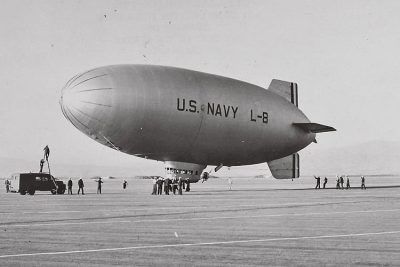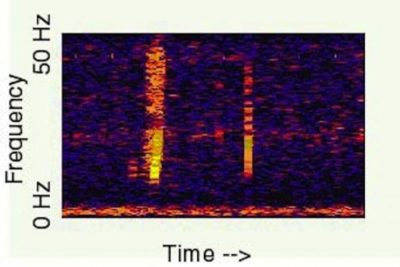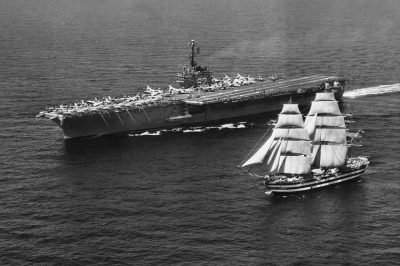The Tragedy of the Unsinkable Ship – MV Joyita
Share

Partially sunk MV Joyita. (Xinhua News Agency)
Built in Los Angeles as Luxury Yacht for movie director Ronald West, MV Joyita, the merchant ship, is now a story laced with mystery. It was sold and resold, pushed into myriad jobs and remained in vogue even after the mishap that killed 25 people on board.
Just before the Japanese attack on Pearl Harbour, Joyita served as Yard Petrol boat, YB 108, with US Navy. Damaged heavily in 1943, it was repaired and made operational for sails. When one of its buyer, Louis Brothers, added cork lining to its hull it became ‘unsinkable’, its trademark identity for future.
MV Joyita goes missing
Countdown to ship’s mysterious tragedy begins on October 3, 1955, 5.00AM, as it leaves for Tokelau Islands, some 430 KMs away from the starting point of Apia harbour in the state of Samoa. The sail was scheduled to begin on 2nd October but was postponed as port engine clutch didn’t work. Clutch wasn’t repaired, but the ship sailed off on 3rd with just one engine working. This propped surmise that captain of the ship, Dusty Miller, had some ulterior motive, else why would he venture out without repairing the dead engine?
The ship didn’t reach Tokelau Islands on October 5th as expected, nor did it send any SOS (distress signal) message. This triggered emergency search operations from 6th to 12th October. Air sorties by New Zealand Airforce over lakh square miles of sea surface failed to locate Joyita or any of its dead or surviving passengers.

MV Joyita after being discovered. (Wikimedia Commons)
On November 10th, floating Joyita was sighted by the captain of a merchant ship – Tuvalu. It was in a dishevelled state, partially submerged in water. Four tons of loaded Cargo and 25 passengers were missing. Radio was found tuned to distress channel. Signs of wasting and destruction were evident on Vessel. Life jackets provided on the ship were fewer in number and couldn’t have sufficed for all on board. Three life rafts and a rescue boat were found missing. The starboard (right side) engine was covered with mattress, either to check a leak or to save electric wiring from water splash.
An effort seemed to have been made to operate the water pump, to flush out water flooding into the ship perhaps… Radio set was found disconnected with aerial; hence distress signals couldn’t reach the right place. Navigation lights were switched on and the clock read 10:25; an indication that incident happened at night time.
Ship’s logbook, navigational equipment and firearms were also found missing from the boat (indicating a dedicated attempt at leaving the ship and sail out to safety with the help of survival equipment/rescue boat). A doctor’s bag, stethoscope, scalpel and blood-soaked bandages indicated that Doctor on board attended to an injured. Experts opine that ship may have travelled a distance of 391 KM (just 80 KM short of Tokelau). Failure of engine’s cooling system following corrosion of the metallic pipes was a significant finding.
What really went wrong?
When cargo cruiser Joyita was unsinkable by design, inmates should have stayed on the ship rather than flee. Why did they flee? This question baffled investigators and gave birth to a host of hypothesis.
One view is Dusty Miller; Captain of the ship, either died or got grievously injured creating panic among crew and passengers. A more likely scenario though is fist-fight between Captain Miller and Chuck Simpson (the co-captain and his bête noire) leading to incapacitation or death of one or both.
According to the daily telegraph, some Japanese forces from World War 2 were holding up in scattered island bases and they attacked the ship in vengeance. Cold war between America and Russia being concurrent then, Soviet Submarine kidnapping the occupants of the ship is yet another possibility.
Insurance fraud hypothesis on the subject says Dusty Miller, the Captain, was under huge debt following the failure of his fishing trips on Joyita. But Miller was engaged in a profitable state business which could have easily taken care of his debt burden.
Mutiny hypothesis of Robin Maugham is noteworthy. Crumbling of engine’s cooling pipes and failure of pumps (because of wrongly fitted valves, as would come to light much later on in 1959) led to engine’s flywheel splashing water over the electrical switchboard. Mattresses were flung over switchboard to check damage to electrical fittings with splashed water. This crisis led to a mutiny situation. Miller was desperate to reach a destination (just 80 KMs away from that spot) to save his business. But Chuck Simpson felt that the ship was seriously damaged and couldn’t be trusted to complete the remaining journey. In the brawl that followed Miller was severely injured. Simpson then sailed out with safety equipment/rescue boat, carrying navigation instruments, the crew, the passengers and injured Miller along to the safety of a perceived reef or island nearby. But the group couldn’t reach there because of bad weather and fell to shark attacks or other dangers on the high seas including sea pirates.
In one of the subsequent voyages in 1959, MV Joyita got flooded with water. Exhaust pump, instead of flushing the water out, was found to be filling more water into the hull. Obviously, the pump valves were wrongly fitted. This could have contributed to the ship’s tragedy on 4th October 1955. The crew must have tried to clear vessel of the flooded water but ended up pooling more water into the boat.
Enjoyed this article? Also, check out “The Ghost Blimp L-8 and the Unexplained Disappearance of the Two US Navy Pilots“.
Fact Analysis:
STSTW Media strives to deliver accurate information through careful research. However, things can go wrong. If you find the above article inaccurate or biased, please let us know at [email protected]













